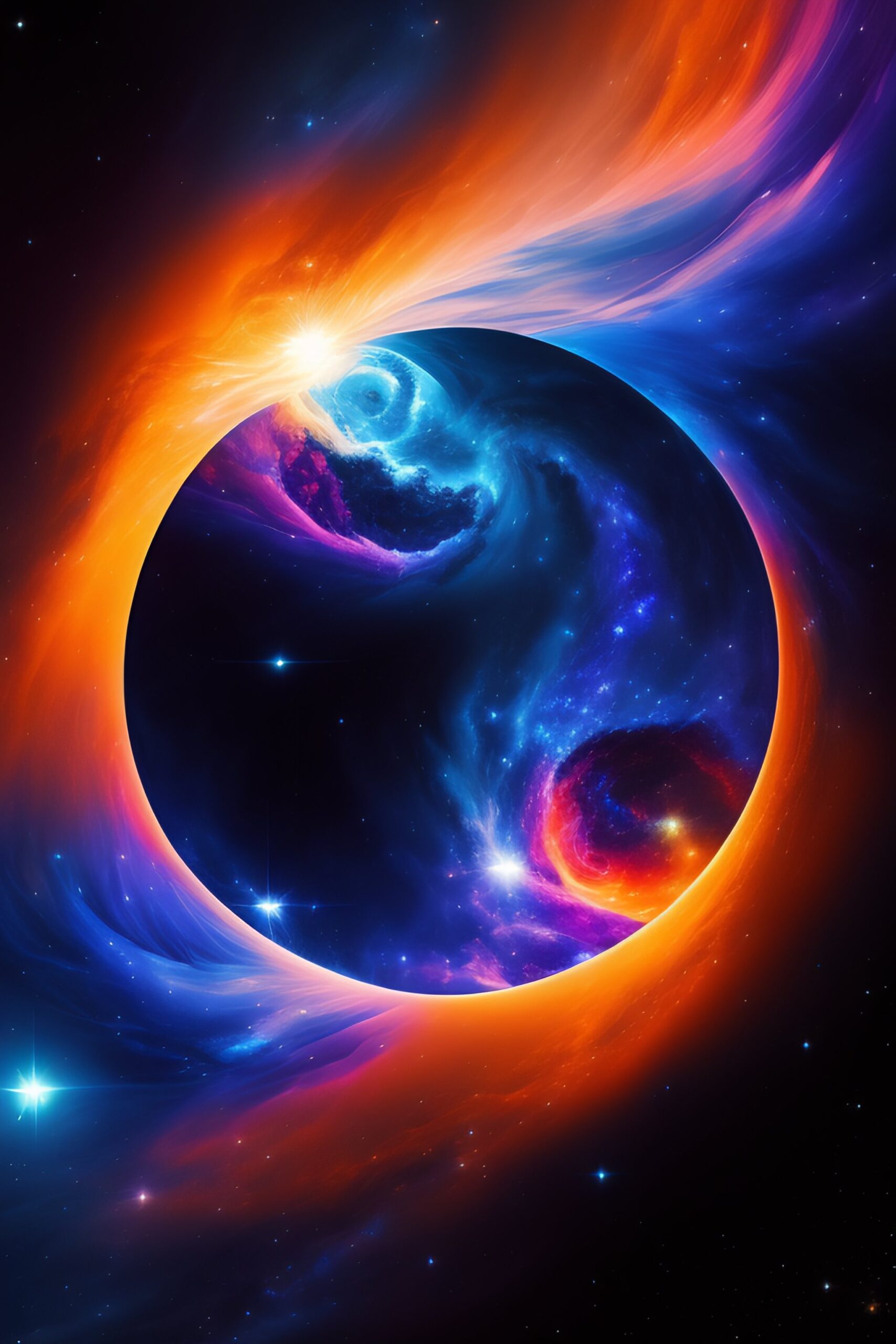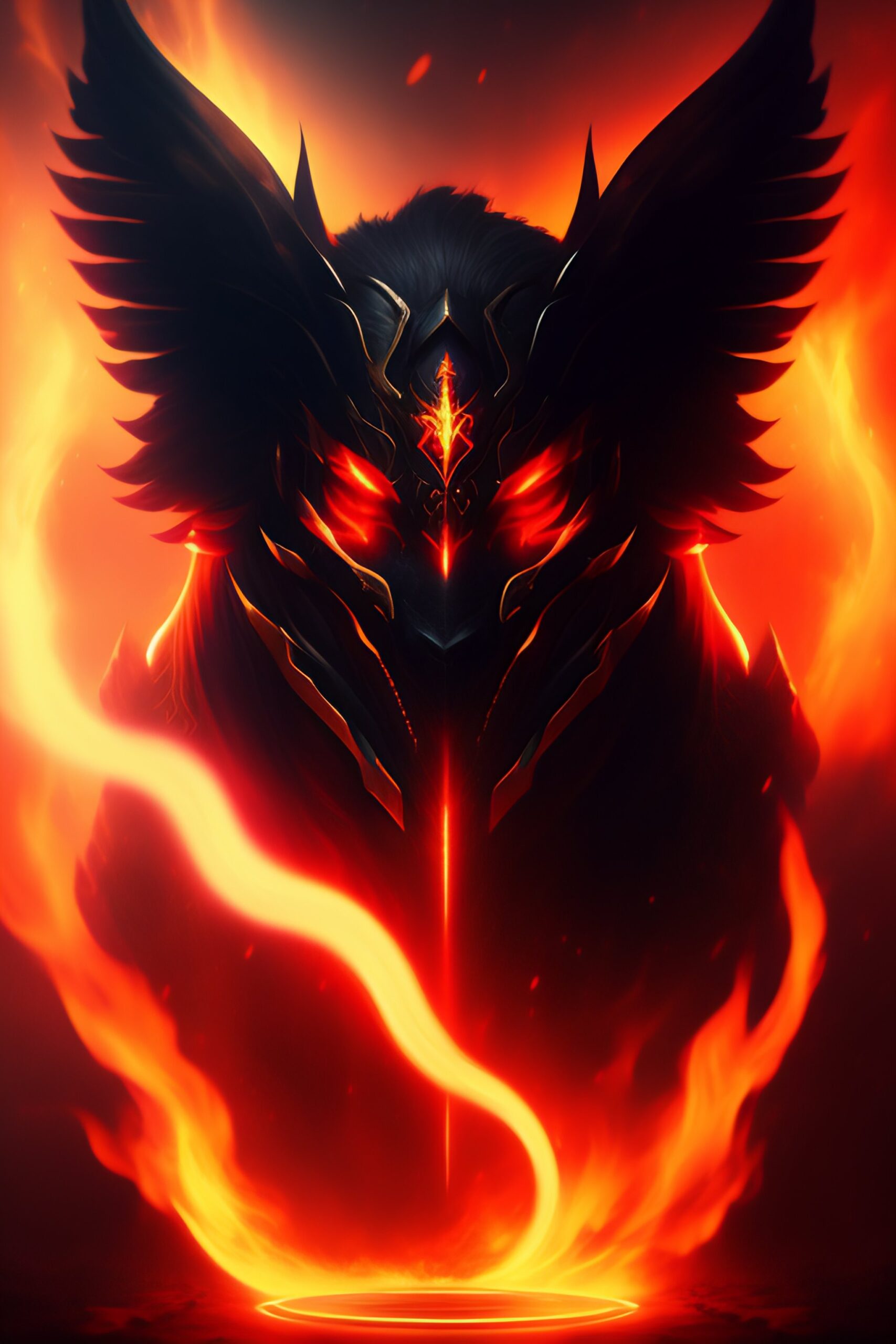Electronic music encompasses a vast spectrum of sounds and styles, with some genres exploring darker, more intense territories. This article delves into five interconnected genres that push the boundaries of sound, emotion, and musical experimentation.
Electronic Body Music (EBM)
Born in the early 1980s, EBM fuses elements of industrial music with electronic dance beats. Characterized by aggressive rhythms, pulsating basslines, and often distorted vocals, EBM creates a sound that’s both danceable and confrontational. Pioneering acts like Front 242, Nitzer Ebb, and DAF (Deutsch Amerikanische Freundschaft) laid the foundation for this genre, influencing countless artists across various electronic music styles.
Key elements of EBM include:
- Driving, militaristic beats
- Shouted or spoken vocals, often with political themes
- Harsh, synthetic sounds
- A focus on physicality and body movement
Dark Trap
A relatively recent offshoot of trap music, dark trap incorporates ominous melodies, heavy bass, and often horror-inspired themes. This subgenre blends the signature hi-hats and 808 bass drums of traditional trap with distorted vocals, metal influences, and eerie atmospheres.
Notable features of dark trap include:
- Sinister melodies and chord progressions
- Aggressive, often screamed vocals
- Horror movie samples and themes
- Fusion of trap beats with metal and industrial elements
Artists like Ghostemane, Scarlxrd, and $uicideboy$ have popularized this intense and brooding style, creating a bridge between hip-hop and more extreme forms of electronic music.
Dark Tempo
Also known as darkstep, dark tempo is a subgenre of drum and bass that emphasizes brooding atmospheres and aggressive rhythms. Emerging in the late 1990s, dark tempo pushes drum and bass to its most intense extremes.
Characteristics of dark tempo include:
- Fast, complex breakbeats (typically 170-180 BPM)
- Ominous, often minimal melodies
- Heavy use of distortion and sound design
- Dark, sci-fi inspired atmospheres
Artists like Technical Itch, Dylan, and Counterstrike have been instrumental in shaping this uncompromising style.
Industrial
Industrial music’s origins trace back to the mid-1970s, with pioneers like Throbbing Gristle experimenting with noise, provocative themes, and unconventional instrumentation. The genre has since evolved, influencing and overlapping with many other electronic styles.
Key aspects of industrial music include:
- Use of non-musical sounds and samples
- Distorted, often rhythmic noise
- Transgressive themes and aesthetics
- Fusion of electronic and acoustic instruments
From early innovators to modern acts like Nine Inch Nails and Ministry, industrial music continues to challenge and inspire.
Intelligent Dance Music (IDM)
Emerging in the early 1990s, IDM takes elements from various electronic genres and pushes them into more experimental territories. Often characterized by complex rhythms, intricate sound design, and a cerebral approach to composition, IDM challenges listeners while still maintaining elements of danceability.
IDM is known for:
- Glitchy, unpredictable rhythms
- Advanced sound synthesis and processing
- Abstract structures and compositions
- Blending of electronic genres (ambient, techno, drum and bass)
Artists like Aphex Twin, Autechre, and Boards of Canada have defined IDM, creating music that’s both intellectually stimulating and emotionally resonant.
The Intersection of Darkness and Innovation
These five genres, while distinct, often intersect and influence each other, creating a rich tapestry of dark electronic music. From the dancefloor-oriented beats of EBM to the mind-bending compositions of IDM, these styles continue to evolve, challenge listeners, and inspire new generations of electronic music producers.
As technology advances and artists continue to push creative boundaries, these genres remain at the forefront of electronic music innovation, offering listeners intense, immersive, and often cathartic experiences.


